How did we select our pilot for Longbow?
There is a lot more to driving a jet hydroplane than getting into the craft and putting your foot to the floor, and for this task you need someone with some pretty special qualities. You certainly need to have quick reactions and good hand to eye coordination, but there is much more to it than that.
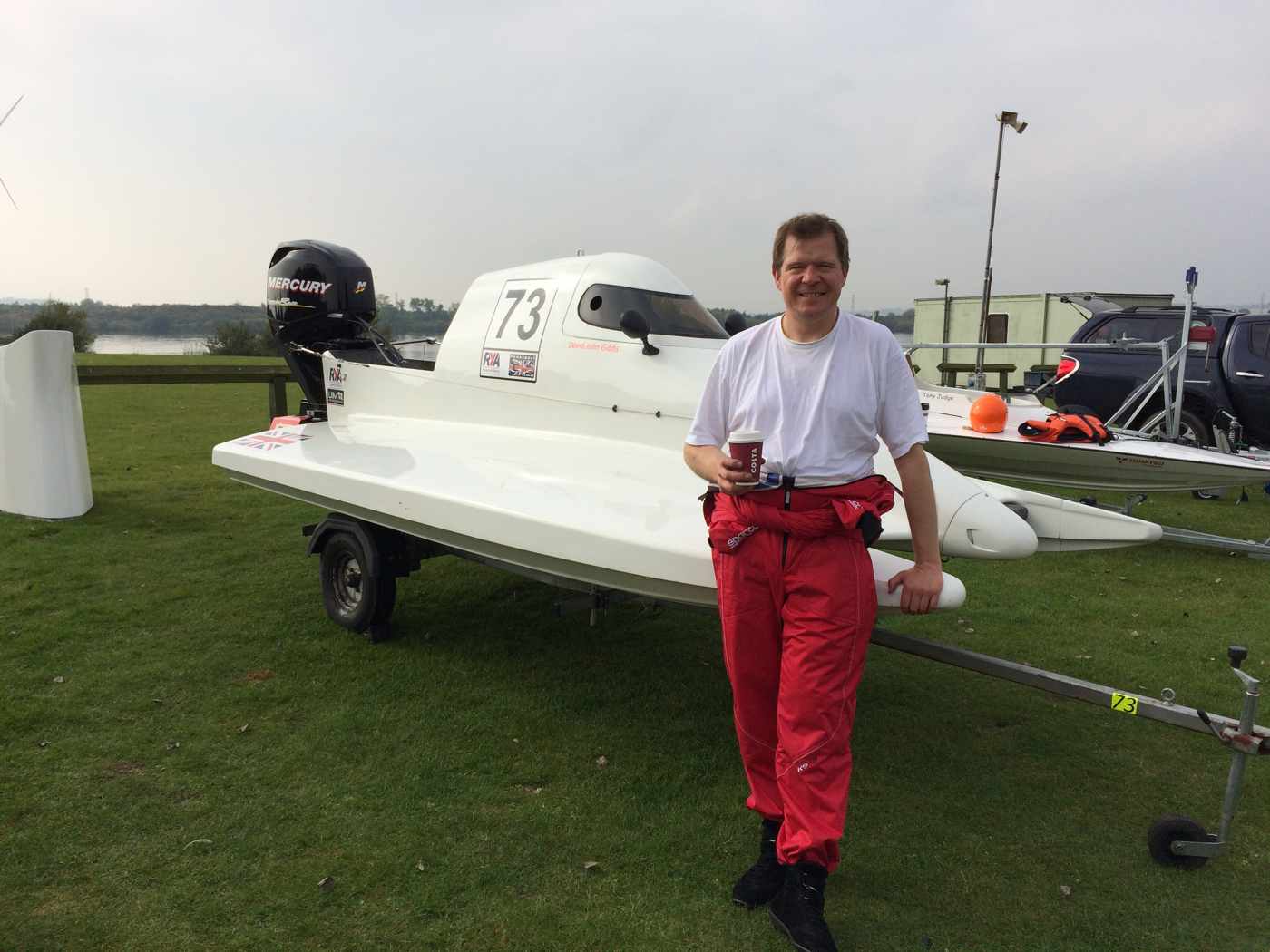
(Lt David-John Gibbs RN with his Formula 4 racing hydroplane)
Our jet hydroplane Longbow will be an untested, unproven design. The pilot or driver of the craft, whichever term you prefer, needs to be able to make an accurate assessment of what is happening to the jet hydroplane and have the ability to extract just the information that is needed from the instruments, without becoming distracted, and then report back to the designers and crew in technical terms, in order that improvements, where needed can be made.
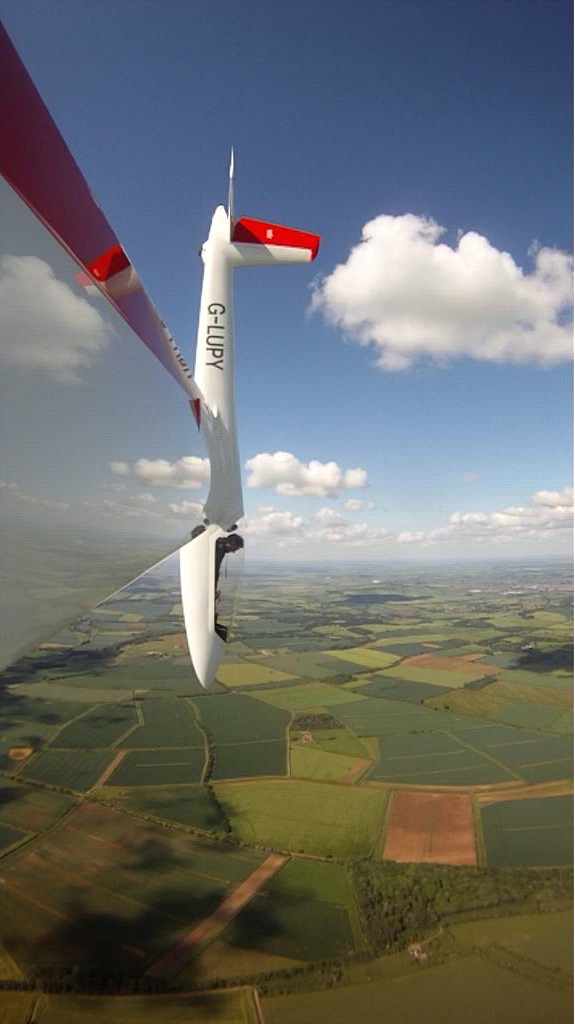
Another factor is familiarity with jet engines. Whilst offering very high power to weight ratios, jets are surprisingly fragile and it is very easy to write one off when starting them up, running them and shutting them down, if you don’t know exactly what you are doing. Sourcing a working jet engine is one of the most difficult (and expensive) parts of jet hydroplane construction. We want to protect our investment from the ham-fisted!
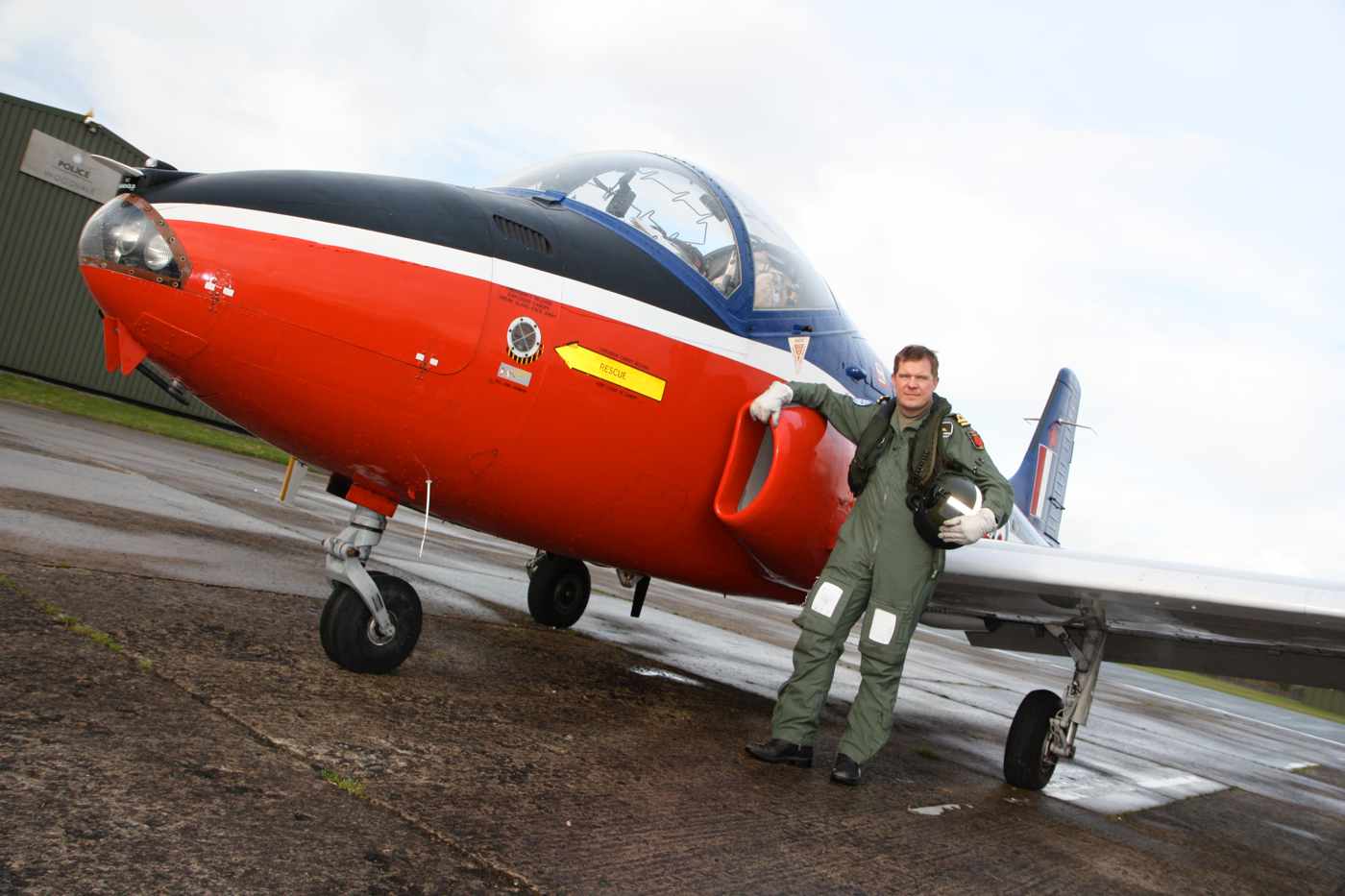
Lack of fear is certainly not a requirement. The driver needs to be acutely risk averse, taking a calm, graduated approach to testing, and ensuring all possible measures are taken to reduce hazard and risk to the public, the Team, himself and the jet hydroplane. This is definitely not a place for an adrenalin junkie. Lake Authorities within the UK, insurers, spectators and the Team need to be confident their is a professional, competent person piloting the craft.
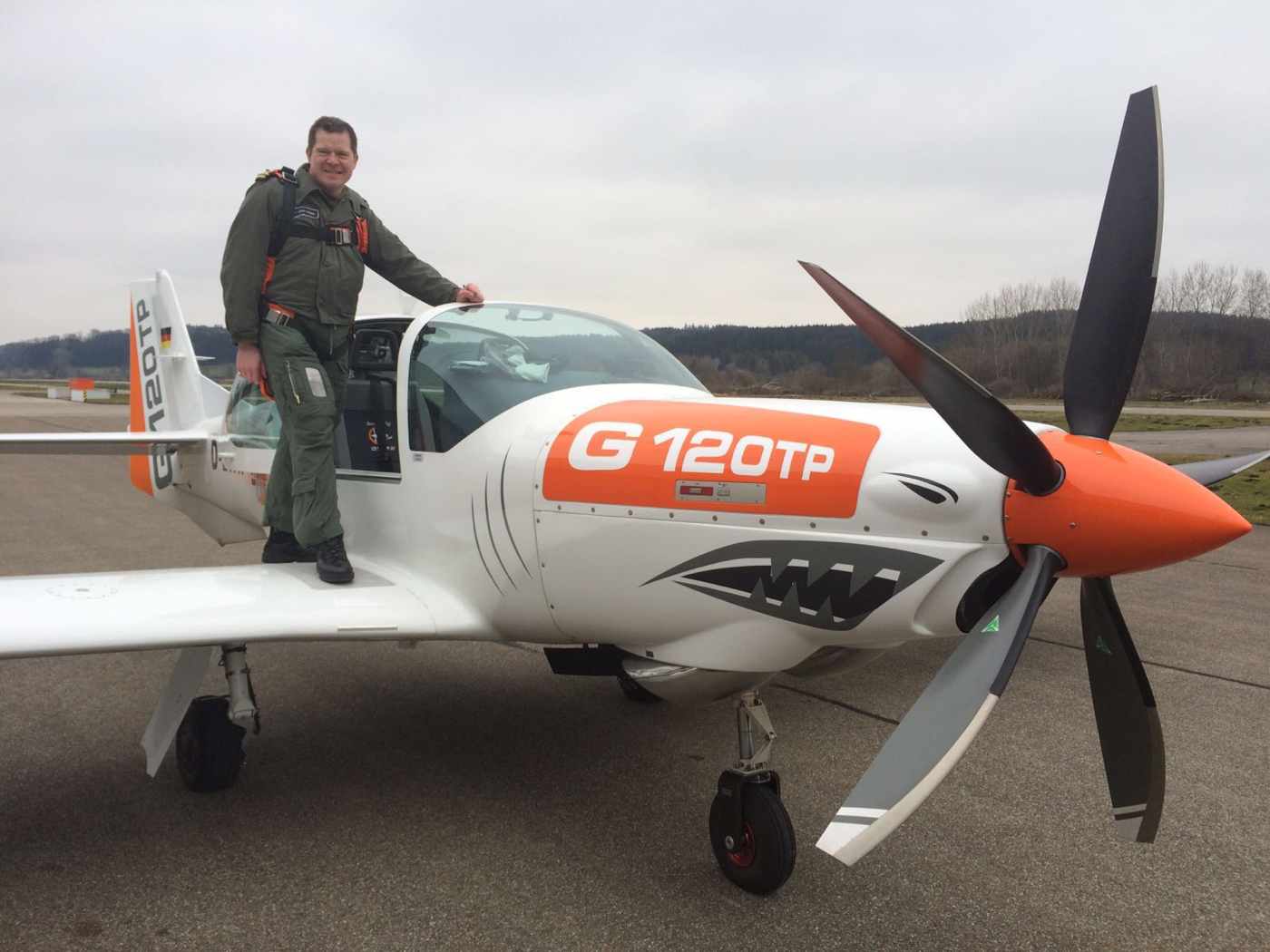
All these desirable qualities for a driver of our jet hydroplane point to a British military pilot, who are all selected and trained in the above skills. It isn’t just us that think this, RAF pilot Andy Green, and not a Formula 1 driver, was selected to drive world speed record vehicles Thrust SSC, JCB Dieselmax and Bloodhound for exactly these reasons.
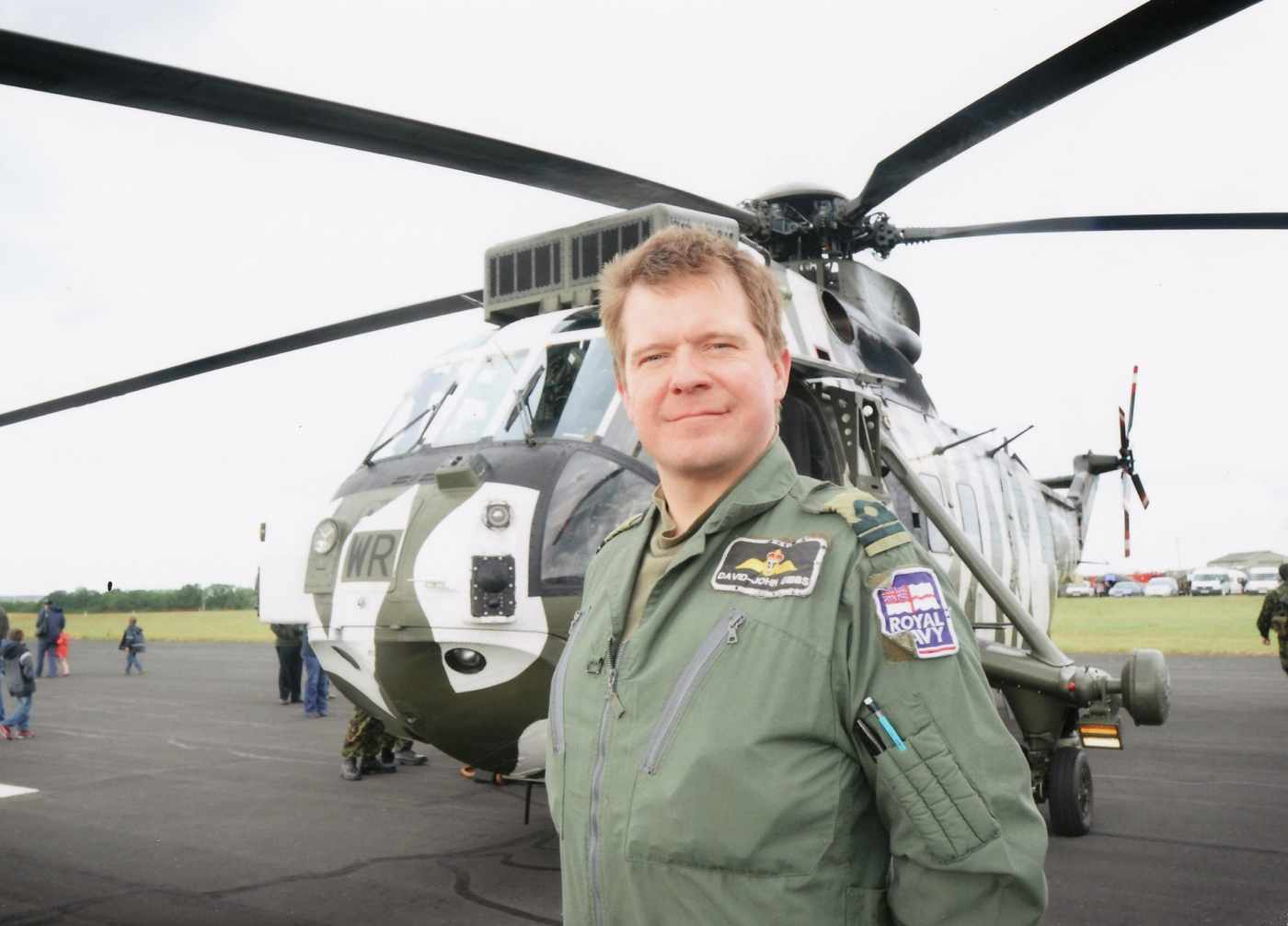
As a bonus, before even going near an aeroplane, military pilots spend around a year learning about being an effective team member, practicing public speaking, studying the art of leadership and a whole host of other skills that will be most useful to a jet hydroplane team. In view of all of this therefore, in our opinion, there is no better confidence our Team and the public could have than with a serving British military pilot at the helm.
